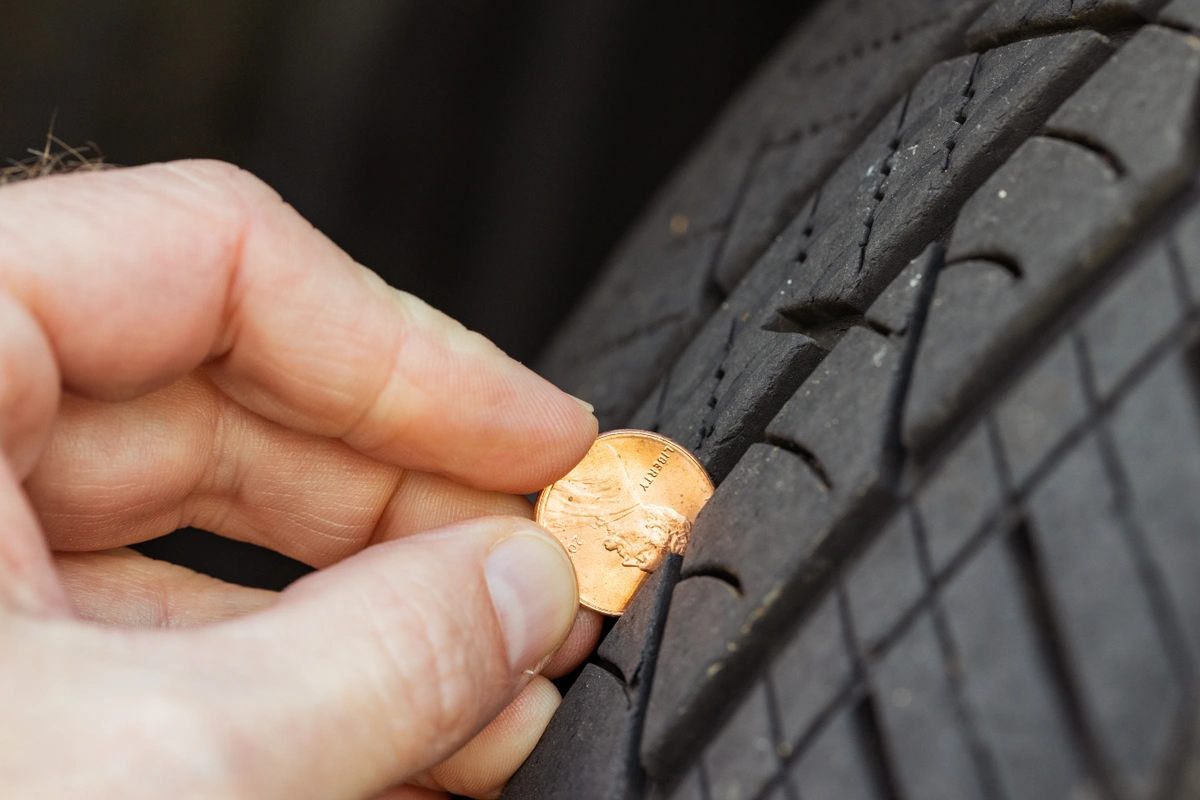
Tires are one of the most critical components of a vehicle. They are the only contact between the car and the road, directly impacting safety, performance, and fuel efficiency.
Regularly inspecting and replacing your tires is essential, but many drivers underestimate the importance of timely tire replacement.
Also, if it’s time to get new tires, but you are interested in a more cost-efficient solution, maybe used ones are the best choice for you. In that case, just look for well-known places like used auto parts St Catharines.
This article delves into when and why you should replace your tires, offering essential tips for ensuring your vehicle remains safe and efficient on the road.
Understanding Tire Lifespan

1. Manufacturer Recommendations
Most tire manufacturers provide a general lifespan, typically ranging from 25,000 to 50,000 miles. This range can vary significantly based on driving habits, road conditions, and maintenance practices. It is crucial to refer to your tire’s specific warranty and guidelines provided by the manufacturer to understand its expected lifespan better.
2. Tread Wear Indicators
Modern ones come equipped with tread wear indicators, which are small bars of rubber located within the tread grooves. When the tread wears down to the same level as these indicators, it is a clear sign that the tire needs to be replaced. Regularly check these indicators to monitor the condition.
3. The Penny Test
A simple yet effective method to check tread depth is the penny test. Insert a penny into the tire tread with Lincoln’s head facing down. If you can see the top of Lincoln’s head, your tread depth is less than 2/32 of an inch, indicating that it’s time to replace your tires. This test is quick and can be done without any special tools.
Signs It’s Time to Replace

1. Cracks and Bulges
Inspect for visible cracks or bulges on the sidewalls. These can be signs of tire degradation or internal damage. Cracks can develop from exposure to sunlight and chemicals, while bulges indicate potential air leaks or weak spots. Both conditions compromise the structural integrity of the tire and necessitate immediate replacement.
2. Uneven Wear
Uneven tire wear can result from improper alignment, unbalanced wheels, or suspension issues. Regularly rotating and performing wheel alignments can help prevent uneven wear. If you notice that your tires are wearing unevenly, it’s crucial to have your vehicle inspected and address the underlying cause before replacing the tires.
3. Vibration and Noise
Excessive vibration or noise while driving can indicate tire problems. If your vehicle vibrates at certain speeds or you hear unusual noises, it could be due to uneven tread wear, unbalanced tires, or internal tire damage. Address these issues promptly to avoid further damage to your vehicle and ensure a smooth ride.
Factors Influencing Tire Wear

1. Driving Habits
Aggressive driving, including rapid acceleration, hard braking, and sharp turns, can significantly accelerate tire wear. Maintaining a smooth and consistent driving style helps extend the life. Additionally, avoiding overloading your vehicle can prevent excessive stress on the tires.
2. Road Conditions
Driving on rough or poorly maintained roads can cause premature tire wear. Potholes, debris, and uneven surfaces can damage the tire’s structure and lead to quicker wear. Whenever possible, avoid rough roads and drive cautiously to minimize the impact on your tires.
3. Climate
Extreme temperatures, whether hot or cold, can affect tire performance and longevity. Hot climates can cause the rubber to degrade faster, while cold climates can lead to cracking. Using seasonal ones designed for specific weather conditions can help mitigate these effects.
4. Maintenance Practices
Regular tire maintenance is essential for extending their lifespan. This includes checking tire pressure, rotating tires, and performing wheel alignments. Keeping your tires properly inflated not only ensures even wear but also improves fuel efficiency and handling.
The Importance of Timely Replacement

1. Safety
Worn-out tires significantly reduce your vehicle’s grip on the road, increasing the risk of accidents, especially in wet or slippery conditions. Adequate tread depth is crucial for effective braking and handling. Replacing your tires on time ensures that you maintain optimal traction and control over your vehicle.
2. Performance
Tires play a vital role in your vehicle’s overall performance. Worn tires can lead to decreased acceleration, poor handling, and longer braking distances. Keeping your tires in good condition ensures that your vehicle performs at its best, providing a smoother and more comfortable ride.
3. Fuel Efficiency
Under-inflated or worn-out tires can negatively impact fuel efficiency. Tires with proper tread and inflation reduce rolling resistance, allowing your vehicle to operate more efficiently. Replacing old tires with new ones can improve your car’s fuel economy, saving you money in the long run.
How to Choose the Right Ones

1. Tire Type
There are various types designed for different driving conditions. All-season models are versatile and suitable for most conditions, while summer and winter tires are optimized for specific climates. Performance offers enhanced handling and grip, making them ideal for sports cars and high-performance vehicles. Consider your driving needs and the typical weather conditions in your area when selecting new tires.
2. Tire Size
Selecting the correct tire size is crucial for safety and performance. Refer to your vehicle’s owner’s manual or the information on the driver’s side door jamb to find the recommended tire size. Using the wrong size can lead to handling issues, increased wear, and potential damage to your vehicle.
3. Brand and Quality
Investing in high-quality tires from reputable brands ensures better performance, safety, and longevity. While budget tires may be tempting, they often compromise on important features such as tread life, traction, and durability. Choose tires that offer a good balance of performance and value.
Extending Tire Lifespan
1. Regular Inspections
Regularly inspect for signs of wear, damage, and proper inflation. Addressing minor issues early can prevent them from developing into more significant problems. Make tire inspections a part of your routine vehicle maintenance.
2. Proper Inflation
Maintaining the correct tire pressure is essential for even wear and optimal performance. Under-inflated can cause excessive heat buildup and wear, while over-inflated tires can lead to a harsh ride and uneven wear. Check your tire pressure monthly and adjust it according to the manufacturer’s recommendations.
3. Balanced and Aligned Wheels
Balancing and aligning your wheels regularly helps prevent uneven tire wear and improves handling. Unbalanced wheels can cause vibrations, while misaligned wheels can lead to uneven tread wear and poor handling. Ensure that your wheels are balanced and aligned during regular maintenance visits.
Conclusion
Replacing at the right time is crucial for maintaining your vehicle’s safety, performance, and fuel efficiency. Regularly inspecting for signs of wear, following manufacturer recommendations, and practicing good maintenance habits can help you determine when it’s time for new tires. By choosing the right tires and maintaining them properly, you can enjoy a safer and more comfortable driving experience while maximizing your lifespan. Don’t wait until it’s too late – ensure your tires are in top condition and replace them sooner than you might think.











